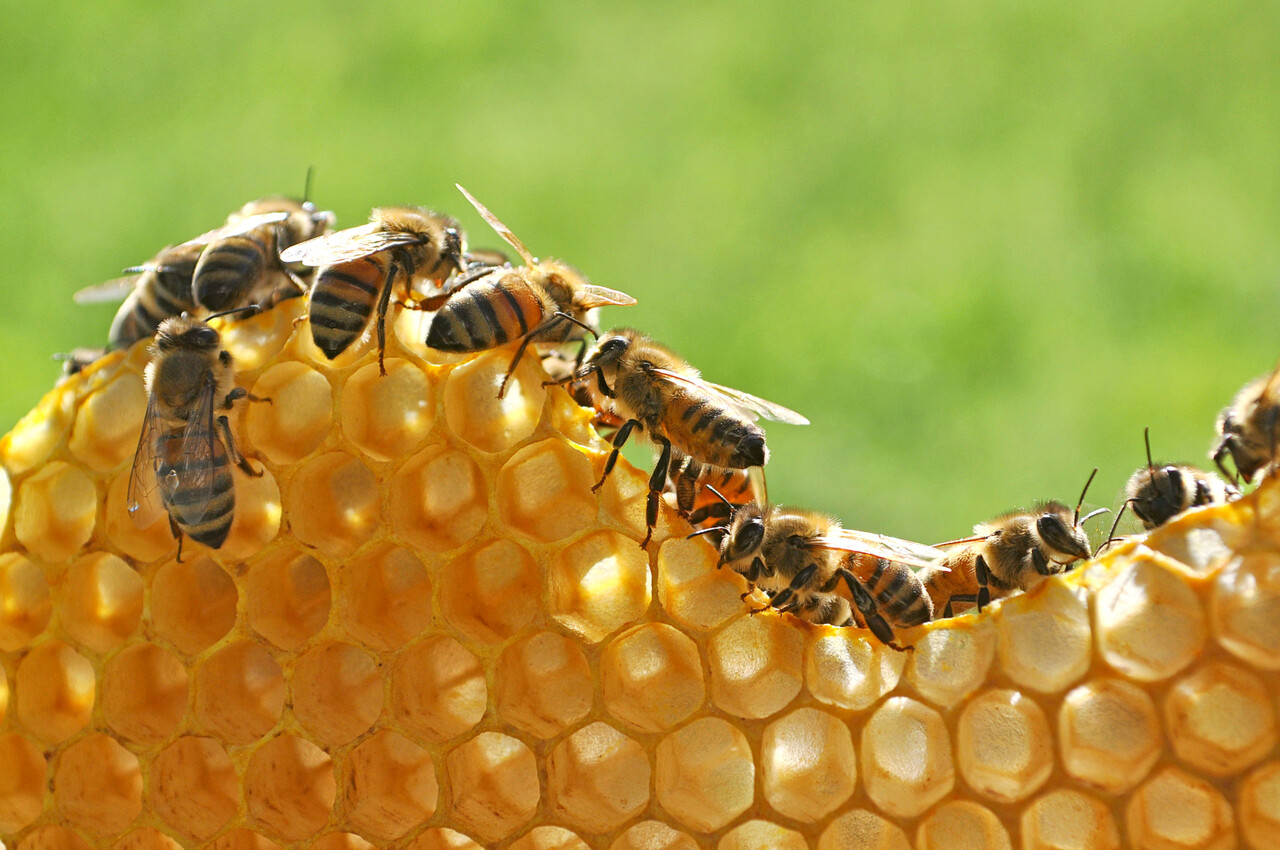What Honeybees Have Taught Me About Dispute Resolution
Beekeeping is one of my hobbies when I’m not dedicating myself to dispute resolution. In my more than 10 years as a beekeeper, I’ve learned a few things that have impacted my approach to working as an arbitrator and mediator, and I want to share them with you in the hope they might help you as well.
Preparation can help both you and the bees.
As you can imagine, honeybee colonies don’t particularly appreciate having their hive disturbed, so I prepare as much as possible for working in the hive. Setting objectives and taking practical steps to fulfill them enable me to work efficiently and quickly. As a result, I minimize the disruption to the bees and allow them to continue going about their business. If I am successful, I avoid the ire of the bees and their self-sacrificial stings. So, I not only achieve my own goals, but also allow the bees to remain happy and undisturbed.
Similarly, in arbitration and mediation, as in most of life’s endeavors, preparation increases the chances of success. With the right groundwork, it’s possible to reach a resolution that not only meets one party’s goals, but also addresses the needs of the other side.
Change your approach before you’re stung.
My manner of preparation for opening a hive and working with the bees changed after I was stung on the tip of my nose. As you can imagine, I didn’t want to experience that again.
While even foreseeable consequences sometimes have to be experienced before they change our perspective, let alone our conduct, it’s best to evolve proactively. This can play out in a couple different ways in the context of arbitration and mediation.

As the neutral, you may be able to effect a positive change of perspective. That doesn’t mean you need to sting someone on the nose, so to speak, by giving them a harshly worded dose of reality about their case; rather, be creative and do something unexpected, such as providing an experience completely different from the norm that empowers the participants and allows them to feel heard and understood, thereby prompting them to embrace or even suggest creative options for resolution.
As the advocate, be open to recommending and trying new resolution methods that may better serve your client. This will not only foster creativity, but also trigger the opposing side to refresh their perspective. Make an effort to evaluate and possibly change your approach to suit the circumstances of each case so you’re not stung by always doing the same thing.
Don’t eat bananas before entering the hive.
When bees detect a threat, they release a pheromone to spread the alarm quickly to as many bees as possible to protect the hive. To us, that pheromone smells like bananas. Eating or even handling a banana shortly before working in a hive can inadvertently trigger an attack—something best avoided, whether with bees or in dispute resolution.
As the neutral, be mindful of what might provoke a negative reaction from counsel or the parties. In mediations, spend time with the participants, be curious, do all you can to understand their positions to avoid eliciting a negative response. In arbitrations, where there is less informal interaction with counsel and the parties, remember your role and responsibilities. Failure to do so can lead to a negative reaction.
Similarly, for the advocate, be thoughtful about your interactions with the neutral and opposing counsel and parties so you don’t accidentally disadvantage your client.
Be a worker bee; don’t be a drone.
A drone is a male bee. The bees you see flying from flower to flower are all female bees. That’s right, all worker bees, both in and out of the hive, are female bees, and they do everything. A drone does absolutely no work for the colony. They don’t produce wax, they don’t build the honeycomb, they don’t clean the hive, they don’t collect nectar or pollen, and they don’t produce honey. They are a drain on the resources of the colony. They exist for one purpose: to mate with the queen of another colony, after which they die. They are one-trick ponies, if they’re lucky.
One-trick neutrals and one-trick advocates—those who approach every mediation and arbitration in the same way—are not very successful. For example, mediators who only run numbers between the parties and never challenge the parties’ positions or level of engagement in the process should be avoided. Similarly, advocates who aren’t mindful about selecting the appropriate mediator and rely on others to choose for them, or who always dig in their heels no matter the circumstances, won’t be effective for their clients.
Avoid being a one-trick pony in dispute resolution, whether you are the neutral or an advocate for one of the parties. Instead, be creative, nimble and open-minded in order to better assess and address whatever obstacles come before you and to best contribute to the process.
All in all, preparation, mindfulness and flexibility in approach can help us not only when working with bees, but also in dispute resolution, as well as in life generally. And if you are interested in talking more about bees or dispute resolution, I’d be happy to do both, so feel free to reach out.
Disclaimer: This content is intended for general informational purposes only and should not be construed as legal advice. If you require legal or professional advice, please contact an attorney.
Disclaimer:
This page is for general information purposes. JAMS makes no representations or warranties regarding its accuracy or completeness. Interested persons should conduct their own research regarding information on this website before deciding to use JAMS, including investigation and research of JAMS neutrals. See More
